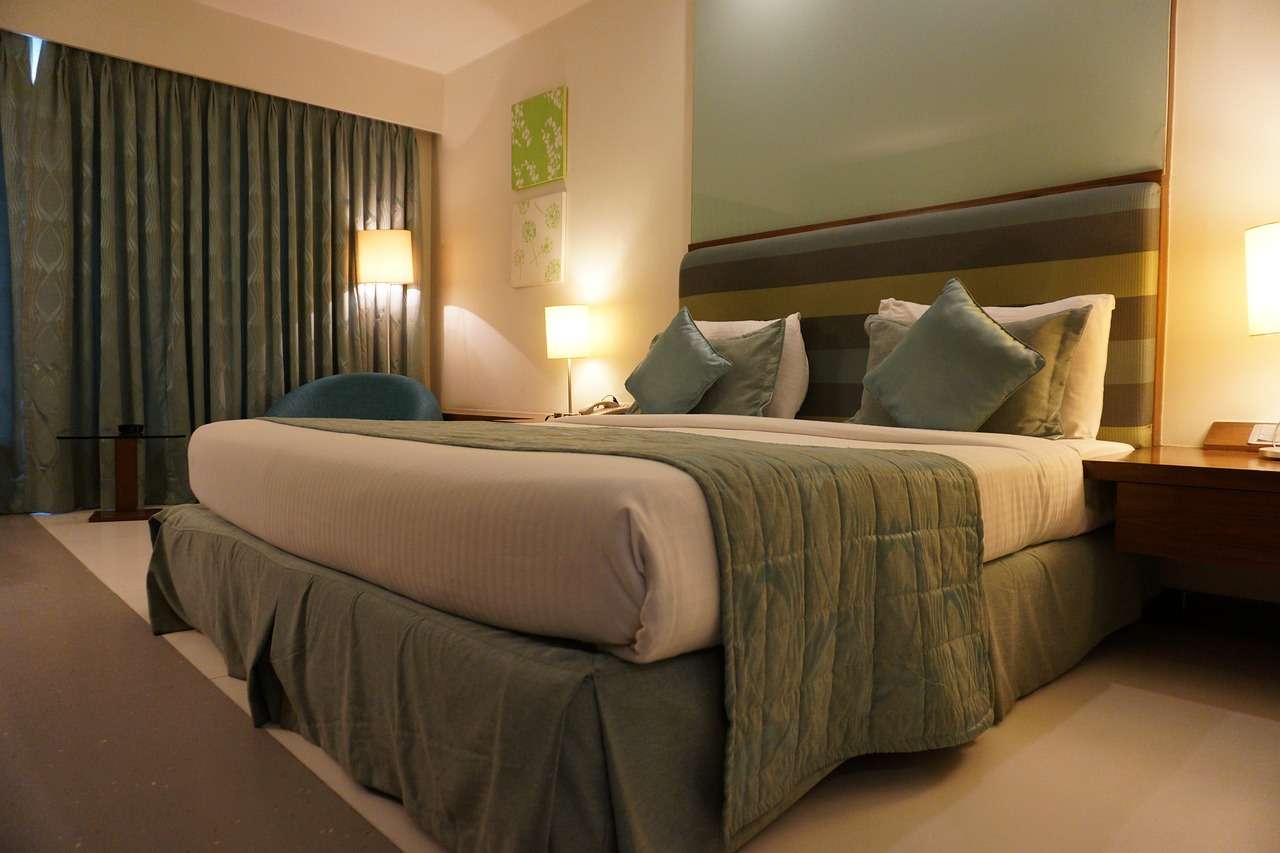Latin America is hugely known for its coffee-producing countries, and Brazil is one of them. Delicious Brazilian coffee is typically nutty, and is unique in many ways, from the grading system to the method of processing.
Brazilian coffee beans are carefully picked and harvested across several states in Brazil, and coffee forms a major commodity for trade due to several reasons.
Today, Brazil is home to some 300,000 coffee growers in 2,000 cities. Find out how Brazil became a major player in the coffee trade and why it remains a popular export in modern times.
The History of Brazilian Coffee
American settlers had been drinking coffee for fifty years before planting the first coffee beans in 1727 in Portugal’s own colony, not far from the Amazon. One hundred years later, Brazil will represent 30% of the world’s coffee supply.

For the next 100 years, in the 1920s, Brazil almost monopolized the world and produced 80% of the world’s coffee. Although Brazil’s market share peaked at 80% 90 years ago, its continued position as the world’s largest coffee producer has given the country great influence over the years.
Brazilian Coffee Characteristics
In general, the flavor of Brazilian coffee tends to be nutty. Then there?s also fruity flavor, and the chocolate flavor is also very common. Heartburn is usually mild.
Coffee Regions of Brazil
The Brazilian Association of Specialty Coffee has identified 30 coffee regions. Key among them are the Mogiana region of Minas Gerais and the growth regions of Bahia. In the second half of the 18th century, the Mogiana coffee zone in Sao Paulo, Brazil, was very popular, at that time more than half of the European coffee came from Saint Domingue in Haiti.
After the slave uprising and independence, coffee production dropped dramatically and Brazil stepped in to fill the void. Although Haitian coffee production has never recovered, demand for coffee across Europe has in fact recovered. Demand in the United States is also growing rapidly.
Growing Region Characteristics
The altitude at which Brazilian coffee is grown usually varies. If Robusta is included, Brazilian coffee grows at various altitudes, but the growth height of Arabica coffee generally increases from 3,000 feet to 4,000 feet.
Brazilian Coffee Processing Method
Coffee processing in Brazil is mainly natural/dry, but it also includes a complete wash and various semi-wash processes. Just like coffee produced elsewhere, the process of coffee production in Brazil changes with innovations in technology in this field.
When using dry or natural processing, the coffee still in the cherries is dried and then regularly opened on the terrace or on a raised bed. Dried cherries are generally peeled from the kernels in 3 to 6 weeks. The post-wash processing process includes descaling, fermentation, washing, sorting, drying, standing, grinding, and sorting.
The different semi-washing methods include a combination of these two methods.
According to the Brazilian Association of Professional Coffee, more than 40 species of coffee plants are cultivated in Brazil.
A great deal of innovations in technology is also being used by several farms in Brazil. Technical innovations are used everywhere, from harvesting to processing to packaging. But not all regions produce similar type of coffee neither do all regions produce similar quantity. The regions of Cerrado Minieiro, Matas de Minas, and Sul de Minas form the three main coffee growing regions of Brazil. The best Brazilian coffee beans are grown in these places and traded to different locations around the globe to make Brazil a distinguished name i










